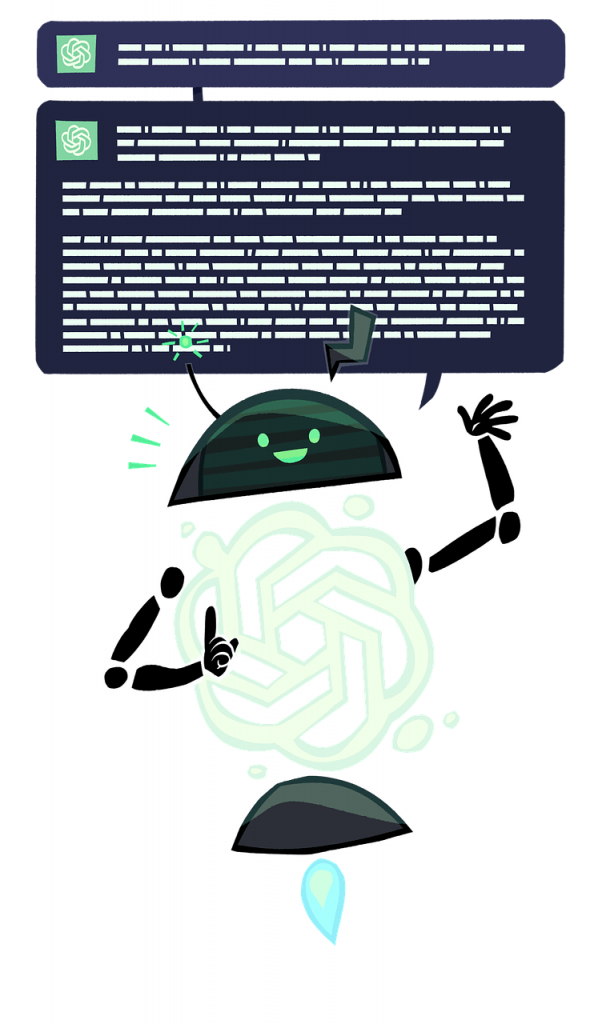
ChatGPT has recently taken higher education by storm and has caused a lot of uproar around what this new technology means for the future of teaching and learning. While many instructors are trying to figure out how to prevent their students from using ChatGPT, Celeste Leander has instead chosen to embrace and integrate this new tool into her course this term.
Below, Celeste describes her motivation for using ChatGPT, how she’s used it, and what she has learned along the way.
What was your motivation for using ChatGPT in your course?
My first use of ChatGPT was simply to expose students to what is does. I feel that this tool suddenly appeared with a lot of interest and without a lot of detailed critique.
How have you used it?
I have used it several times with students throughout the term. The first time, I had ChatGPT generate one paragraph on a topic adjacent to but not part of the course curriculum. I presented the paragraph and gave students a few minutes to simply read it. Then they spent a few minutes listing things that were good about the AI generated paragraph. This included writing style and basic information (like definitions). Next, students listed things that were not good. They decided that the paragraph was repetitive and lacked detail. Finally, they live-edited the paragraph to make it more suitable.
What impact has it had on students or the course?
Following our introductory exercise, students were free to use ChatGPT throughout the course as long as they acknowledged it in their work. Students were appreciative to have a gentle risk-free introduction to the benefits and pitfalls of this tool. One group used ChatGPT to write a script for their presentation. Others have used it for introductory material for letters and projects.
How did students respond?
Some students had never heard of ChatGPT and are not interested in using it. Others are very interested and have used it sporadically – mostly for writing background information. I think students are curious, but are proceeding with caution.
What did you learn or find surprising?
One thing we learned is that ChatGPT does not do well at accurately citing references. This morning in lecture, we had ChatGPT write a 400 word summary and asked it to include 5 references. I then asked it if the references it provided were real. It acknowledged that they are probably not real, but also instructs us on how to find out if they are real, which I thought was interesting. We also learned that it tends to be repetitive. It does provide good detailed contextual information, but does tend to make mistakes with extremely specific asks.
What challenges did you encounter?
Currently, ChatGPT is not allowing new users. This can be an equity access issue. We have been following what top journals are doing (Science and Nature), which allow ChatGPT to be acknowledged, but does not allow AI to be listed as an author. This can be confusing. Expectations for class use should be very explicit. For my course, students are free to use ChatGPT as they see fit – but with acknowledgment.
What advice would you give someone who wanted to do something similar in their course?
My advice would be to learn with the students. Start small and risk-free to see what AI can do. From that, I would make clear guidelines with students on how it may be appropriately used for a given course.
Is there anything else you would like to share?
I expect that the limitations we currently see with AI will rapidly change as the tools progress. There are currently “AI detectors” (which actually don’t work that well) to identify work that was likely written by AI – but as these tools become more sophisticated, we don’t want to be stuck relying them. Instead, I opt to embrace these new tools and teach our students how to use them appropriately.
Want to learn more about how Celeste is using ChatGPT in her course? Check our her recent blog post about it here.